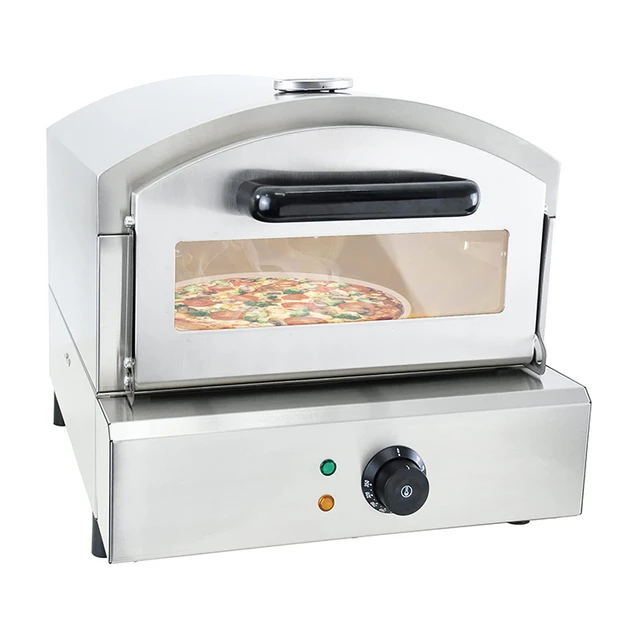Introduction:
Ovens are essential kitchen appliances that provide a means for cooking and baking. One common question that arises is whether ovens use gas as a fuel source. In this article, we will explore the different types of ovens and their fuel sources, discussing the characteristics, advantages, and considerations of gas ovens. By understanding the fuel sources of ovens, users can make informed decisions when selecting the right oven for their cooking needs.

Do ovens use gas?
Overview of Ovens:
a. Purpose: Ovens are used for baking, roasting, and cooking a wide range of dishes. They provide a controlled heating environment to ensure even cooking and desirable results.
b. Types of Ovens: Ovens can be categorized into different types based on their fuel sources and heating mechanisms.
Gas Ovens:
a. Gas Fuel Source:
Gas ovens, as the name suggests, use natural gas or propane as their fuel source. They are connected to a gas supply line that delivers the fuel required for heating.
b. Heating Mechanism:
Gas ovens use a gas burner, located at the bottom of the oven cavity, to generate heat. The burner is ignited to create a flame that provides the necessary cooking temperature.
c. Advantages of Gas Ovens:
Precise Temperature Control: Gas ovens offer precise temperature control, allowing users to adjust the heat according to their cooking requirements. This enables precise cooking and baking results.
Instant Heat: Gas ovens heat up quickly, providing instant heat for cooking. There is no need to wait for the oven to preheat, which can save time in the kitchen.
Even Heat Distribution: Gas ovens distribute heat evenly throughout the oven cavity, which helps prevent hot spots and ensures consistent cooking results.
Moist Cooking Environment: Gas ovens tend to create a moist cooking environment, which is beneficial for certain dishes like roasted meats and baked goods.
Cooking During Power Outages: Gas ovens can be used during power outages since they do not rely on electricity to operate. This can be advantageous in areas where power interruptions are common.
Lower Operating Costs: Natural gas is generally less expensive than electricity, making gas ovens more cost-effective for long-term use.
d. Considerations for Gas Ovens:
Installation: Gas ovens require a dedicated gas supply line for operation. Proper installation is necessary to ensure safety and compliance with local codes and regulations.
Ventilation: Gas ovens produce combustion byproducts such as carbon monoxide and water vapor. Adequate ventilation is essential to ensure the safe release of these byproducts to prevent the accumulation of harmful gases.
Maintenance: Gas ovens require regular maintenance to ensure proper functioning. This includes checking the gas supply connections, burner, and ignition system for any issues or obstructions.
Safety Precautions: Gas ovens involve working with an open flame. Users need to be cautious and take necessary safety precautions to prevent accidents or gas leaks. It is important to follow manufacturer guidelines and seek professional assistance for any repairs or maintenance.
Gas Availability: The availability of natural gas or propane as a fuel source may vary based on the location. Users need to ensure that a reliable gas supply is accessible before considering a gas oven.
Other Types of Ovens:
a. Electric Ovens:
Electric ovens use electricity as their fuel source. They rely on heating elements, located at the top and/or bottom of the oven cavity, to generate heat for cooking. Electric ovens offer their own set of advantages and considerations, such as precise temperature control and ease of use.
b. Dual-Fuel Ovens:
Dual-fuel ovens combine the benefits of both gas and electric ovens. They have a gas cooktop for stovetop cooking and an electric oven for baking and roasting. Dual-fuel ovens offer flexibility and optimal cooking options for users.
c. Induction Ovens:
Induction ovens use electromagnetic energy to generate heat directly in the cookware placed on the stovetop. They do not rely on gas or traditional heating elements. Induction ovens offer quick and precise heat control, energy efficiency, and safety features.
Conclusion:
While there are various types of ovens available, gas ovens use natural gas or propane as their fuel source. They offer advantages such as precise temperature control, instant heat, even heat distribution, and lower operating costs. However, users need to consider factors such as installation requirements, ventilation, maintenance, and safety precautions when opting for a gas oven. Other types of ovens, such as electric ovens, dual-fuel ovens, and induction ovens, provide alternative options with their own advantages and considerations. By understanding the fuel sources and characteristics of different types of ovens, users can select the most suitable oven for their cooking needs and preferences.




